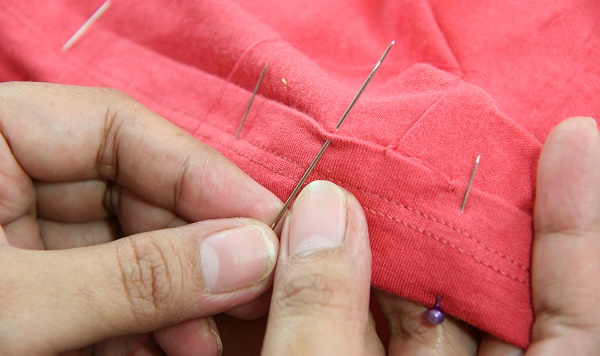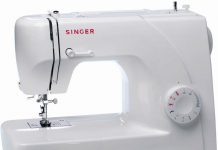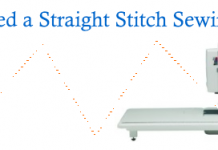Being new to sewing is no excuse for sloppy work. Considering all the time and the money you will have spent on any project, it can be terribly disappointing to end up with something that looks slapdash and shoddy. When you put so much of your creative energy into a sewing project, the best reward you can get is when the finished product is something you can be proud of; something you would love to use over and over again; something that you know will draw the admiring glances of everybody who sees it.

Fortunately, this is not an impossible task. A little thought and care and some precaution is all it needs to give your sewing projects a professional look.
- No matter how much you love that print, if it is on a low quality fabric, do not buy it. Very often, low quality fabrics have attractive prints and look fabulous on the bolt. Problem is the finished product will just never look good. Your project is only as good as the fabric you use. This does not mean you need to go out and buy the most expensive fabric. Low price does not necessarily mean cheap quality. You need to have an eye for fabric quality, which is something you will acquire with experience.
- Prewash your fabric before you cut it, especially if you are working with fabrics with natural fibers such as cotton, linen or jute. These fabrics tend to shrink (sometimes quite a lot). Skipping this step will result in an outfit that will be basically unwearable after the first wash.
- Iron your fabric after prewashing and before cutting. This helps you get rid of all the creases and wrinkles in the fabric and also allows you to get correct measurements. While you will need to set your iron to high heat for 100% cotton fabrics, you should remember to put it down low for polyester blend fabrics. These synthetic fabrics can burn easily if the heat is set to too high.
- Check all the settings on your sewing machine. Is the tension setting right for the fabric you are working with? Are the needle size and the thread size correct? After you’ve adjusted all your settings and you think you are ready to go, do one final check by sewing a few stitches on a similar scrap fabric or in one corner of your fabric. Fine tune the settings till you are happy with the results and only then proceed with sewing the actual project.
- Snip off the extra threads at the start and end of every seam as you go along. It may look like one teeny little bit of thread at the outset, but as you get on with the project, it can begin to look very shabby, much like a garden that badly needs weeding.
A Final Thought
Despite all the precautions, if your first project does not come out looking the way you imagined it would don’t be too disappointed or discouraged. Think of the first few projects as learning experiences. If you approach every project with the care it deserves, everything else will fall in place sooner than you think.
Tip for the day
When choosing fabrics with large prints or block prints, unroll a length of fabric and check out the distance between the patterns. Larger patterns that are set further apart are not always suitable for all projects. If you are planning on sewing a garment with this type of fabric, you remember to buy extra to match the patterns.









